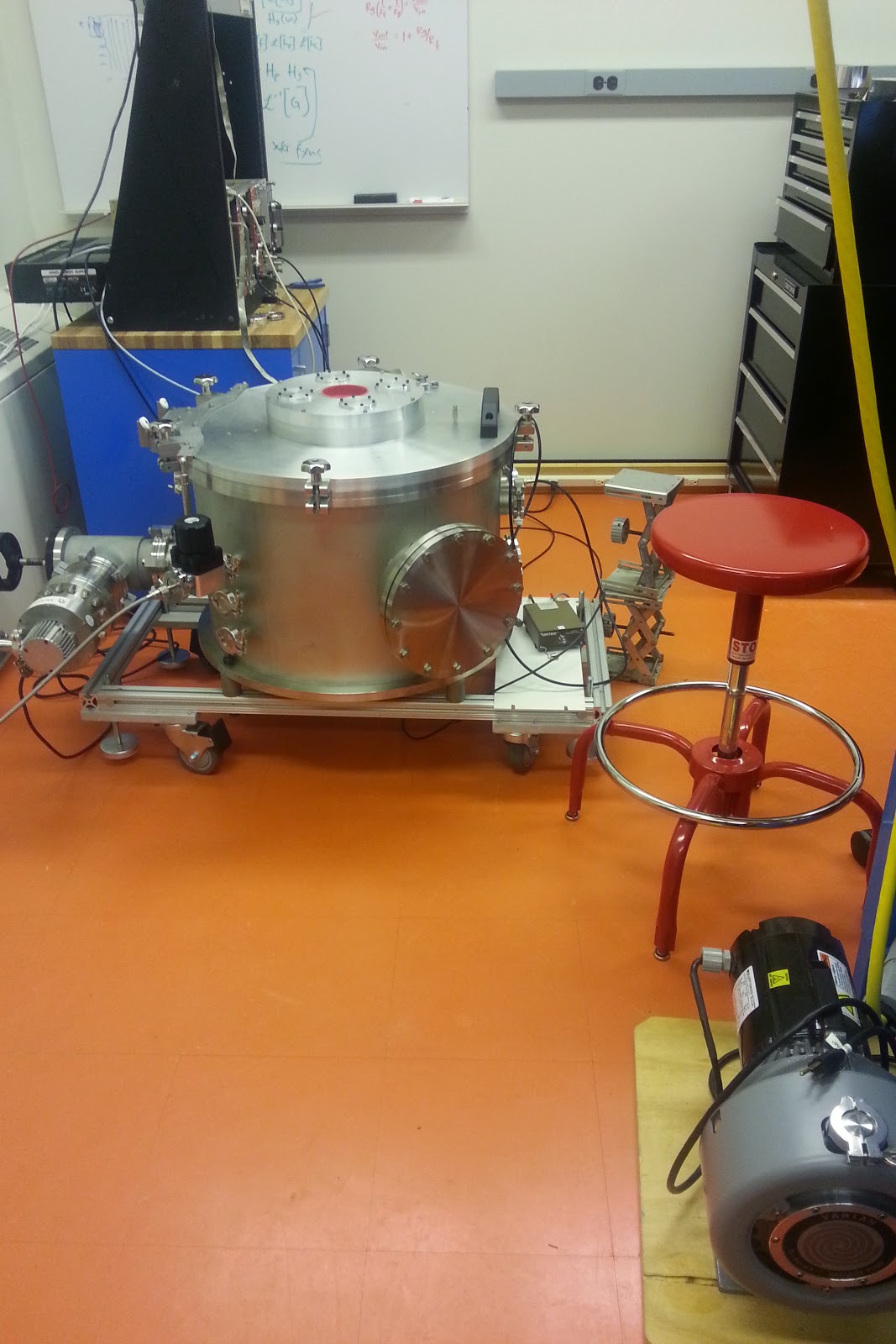The First "Official" Day of Work
 Yesterday, I started the morning off with the Science Center breakfast-orientation session, followed by safety training, and then sat down with Prof. Battat to discuss the progress of my project and the guidelines for future tasks, as well as general logistics. Simply put, I need to prepare to dive into a whale of a job. We discussed my findings for analog-to-digital data converters and how to refine my searches into the google spreadsheet (also placed on the project site under the research tab). Furthermore, we began discussing the overall end goal for the circuit, breaking the design down into three possibilities.
Yesterday, I started the morning off with the Science Center breakfast-orientation session, followed by safety training, and then sat down with Prof. Battat to discuss the progress of my project and the guidelines for future tasks, as well as general logistics. Simply put, I need to prepare to dive into a whale of a job. We discussed my findings for analog-to-digital data converters and how to refine my searches into the google spreadsheet (also placed on the project site under the research tab). Furthermore, we began discussing the overall end goal for the circuit, breaking the design down into three possibilities. |
| Detector Vacuum System |
The Ideal Design
The ideal design is to connect the signal wires (SW) from the detector to several high-ratio multiplexers (Mux), i.e. 16:1, and form a Mux chip. Then that chip will be connected to possibly an octal (8) ADC chip that allows each SW to be processed at 1 MHz or higher. Finally, the chip will release a low-voltage differential signal (LVDS) to a field-programmable gate array (FPGA) for digital data storage. Having such a system would cover 128 SW for every FPGA, meaning repeating the system about ten times would finish the readout from the detector entirely -- for a couple thousand dollars (a very reasonable cost). A potential bump in the design is figuring if we can make our own multiplexer chip or if we must buy a development board (as we're already purchasing an FPGA development board for $1-3k). |
| Circuit Design Sketches |
The Second Design
The second possibility is to find ADC chips with built in Mux, in addition to LVDS, a high sampling rates (SPS) and a high channel ratio (16 SW to 1 output). So far, we have not been able to find any with all those features.
The Third Design
Lastly, the final and least attractive possibility is to connect all the wires individually to an ADC, which would result in about 1000 components, and then divide them among the FPGAs. Such a system could reach an astounding $200,000, and I am quite sure that no one here has that type of money to throw at a prototype. Hopefully, the first idea works out and we won't have to result to this.
After understanding the basic framework for the project, we went right into what I should be doing to aid the process and prepare for the work. So, my tasks for this week are to:
Tasks for This Week
After understanding the basic framework for the project, we went right into what I should be doing to aid the process and prepare for the work. So, my tasks for this week are to:
- Generate a spreadsheet similar to that for the ADCs (above) for prospective high-speed, high-ratio multiplexers (and potentially generate a scheme for a Mux chip).
- Research potential cables to connect the computer with the circuit, notably flat ribbon cables and how to build one.
- Look at tutorials on programming FPGAs and basic descriptions of their functions.
- Prepare for an oral presentation of my project to the group on Thursday.
- Read thru related project publications and dark matter literature to better understand the DRIFT experiment (Prof. Battat's specific focus in the dark matter field).
Let's see if I can finish and master it all by Friday....
And if interested in a basic understanding of dark matter, this is an enjoyable and quite simple read:

Comments
Post a Comment